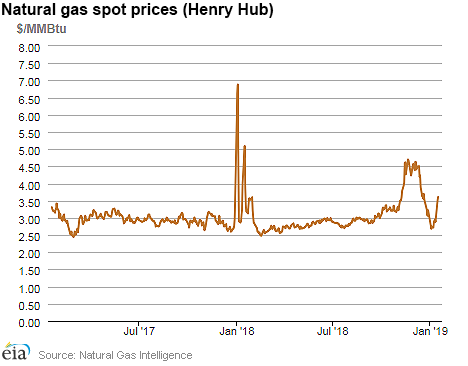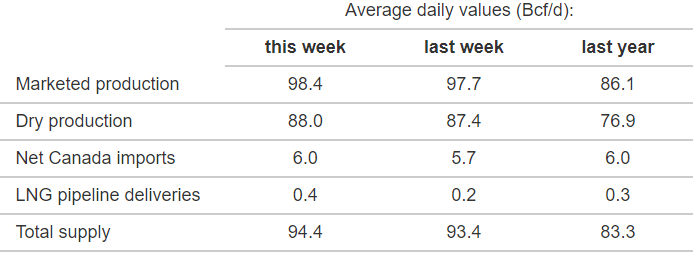EIA reports that LNG exports from the United States decreased week on week. US LNG export facilities dispatched a total of eight LNG cargoes during the week ending January 16, six from Cheniere’s Sabine Pass facility, and one from its Corpus Christi and Dominion’s Cove Point facilities each. EIA forecasts U.S. LNG exports to increase gradually in 2019 and average 5.1 Bcf/d on an annual basis, up from 3.0 Bcf/d annual average in 2018. In 2020, however, as the new trains ramp up LNG production, U.S. LNG exports are projected to increase and average 6.8 Bcf/d annually.
Specifically, EIA supports that the US LNG exports add up to 28.4 Bcf in volume, adding that two vessels were loading on January 17, one at Sabine Pass and Cove Point each.
Additionally, at its weekly report, EIA, addressed that the US LNG exports have set records both in November and December 2018, with 32 and 36 exported cargoes, respectively.
According to EIA’s estimations, LNG exports averaged 3.6 billion cubic feet per day (Bcf/d) in November and 3.9 Bcf/d in December. The existing baseload liquefaction capacity is estimated at 4.25 Bcf/d and peak capacity at 4.87 Bcf/d across seven trains at three liquefaction terminals.

From the time that the remaining facilities, that are under construction, put into operation, EIA foresees that the US nominal baseload liquefaction capacity will stand at 9.6 Bcf/d (72.3 million metric tons per annum and peak capacity at 10.7 Bcf/d (80.9 mtpa).
Moreover, Sabine Pass facility has been running above 100% of its nominal baseload liquefaction capacity in the winter months and near 100 percent of its baseload capacity in the summer months once the new trains at the facility have been fully ramped up.































































